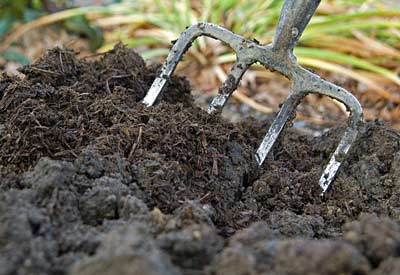The soil is a storehouse for all the elements plants need to grow: nutrients, organic matter, air, and water. Soil also provides support for plant roots. When properly prepared and cared for, soil can...
Step into the World of Agroforestry!
Poverty Reduction, Biodiversity Conservation & Climate Change Mitigation!
Sustainable agriculture based on agroforestry, growing trees among crops, is multi-functional and diversified and based on agroecological methods adapted to the specific ecosystem. Sustainable Agriculture and Land Management methods, the farmers can continue to develop their farming methods, despite drought and flooding, and ensure the families access to food.
All News Around Us
What We Do
Conventional farming focuses on maximizing yields of a specific crop. It is based on a simple presumption: crop yields are increased by nutrient inputs and by controlling pests, diseases and weeds.
Agroforestry is defined as ‘agriculture with trees’. However, it is so much more.Agroforestry is the interaction of agriculture and trees, including the agricultural use of trees.

Achieving the Global Goals through agroforestry
Agroforestry is considered a sustainable and efficient land management system combining crops, trees, and sometimes livestock. Titled, ‘Achieving the Global Goals through Agroforestry,’ the report presents evidence of how agroforestry can contribute to implementation of nine out of the 17 SDGs. Agroforestry has the strongest impact potential on poverty reduction (SDG 1) and hunger alleviation (SDG 2), as well as on climate action (SDG 13), and biodiversity conservation and sustainable land management (SDG 15). In addition, the report shows that agroforestry can contribute to other goals by improving gender equality (SDG 5) and health (SDG 3), as well as by increasing access to clean water (SDG 6), sustainable energy solutions (SDG 7), and responsible agricultural production (SDG 12).

Our Vision
A sustainable environment that enables women and men living in poverty to improve their lives.

Fighting poverty and climate change – together. Through agroforestry and strengthening of farmers’ organisations, to empower smallholder farmer families to reduce poverty, hunger, and deforestation, and contribute to increased biodiversity.
ORGANIC ORCHARDS
PLANT NURSERIES
ENVIRONMENTALISTS
YEARS OF FARMING
Let us bring back a green Earth!
Client’s words
Lorem ipsum dolor sit amet, consectetur adipiscing elit. Nullam at ultrices ante. Nunc eu ex turpis. Vestibulum imperdiet fermentum velit ac laoreet. Fusce imperdiet ac nisi aliquam rhoncus. Ut ac dui eu massa pretium posuere in in velit. Nulla id odio fermentum.
Lorem ipsum dolor sit amet, consectetur adipiscing elit. Nullam at ultrices ante. Nunc eu ex turpis. Vestibulum imperdiet fermentum velit ac laoreet. Fusce imperdiet ac nisi aliquam rhoncus. Ut ac dui eu massa pretium posuere in in velit. Nulla id odio fermentum.
Lorem ipsum dolor sit amet, consectetur adipiscing elit. Nullam at ultrices ante. Nunc eu ex turpis. Vestibulum imperdiet fermentum velit ac laoreet. Fusce imperdiet ac nisi aliquam rhoncus. Ut ac dui eu massa pretium posuere in in velit. Nulla id odio fermentum.

















